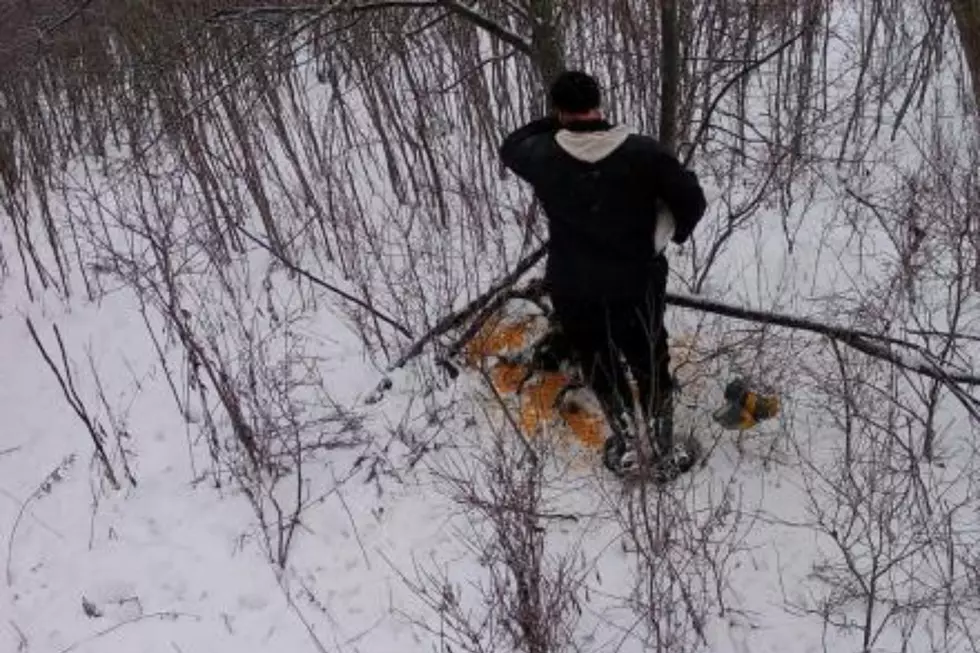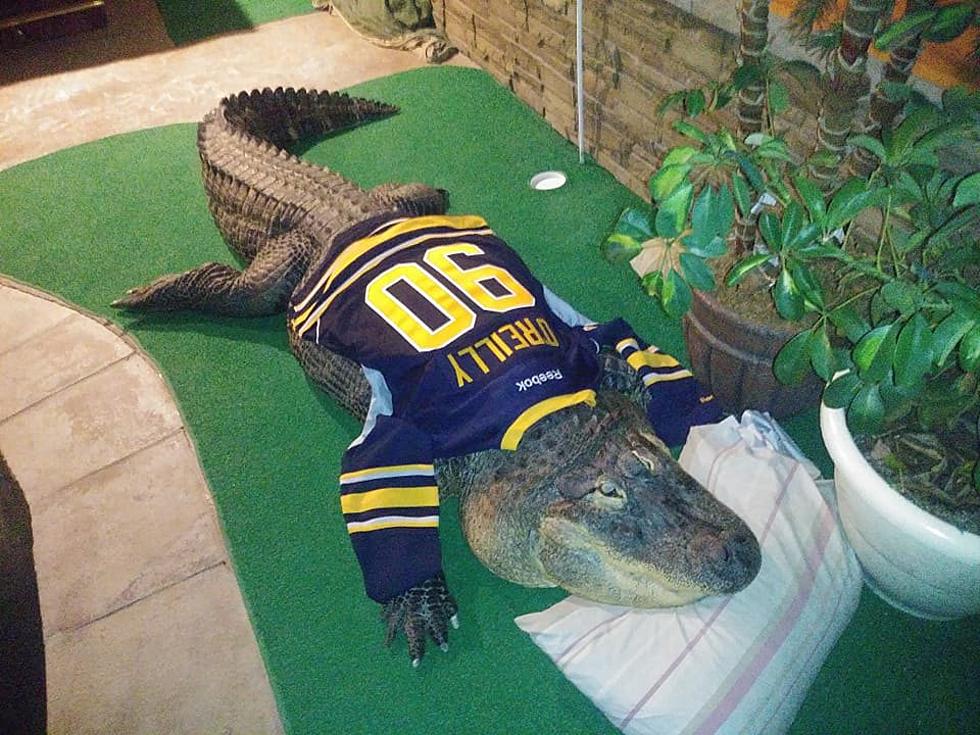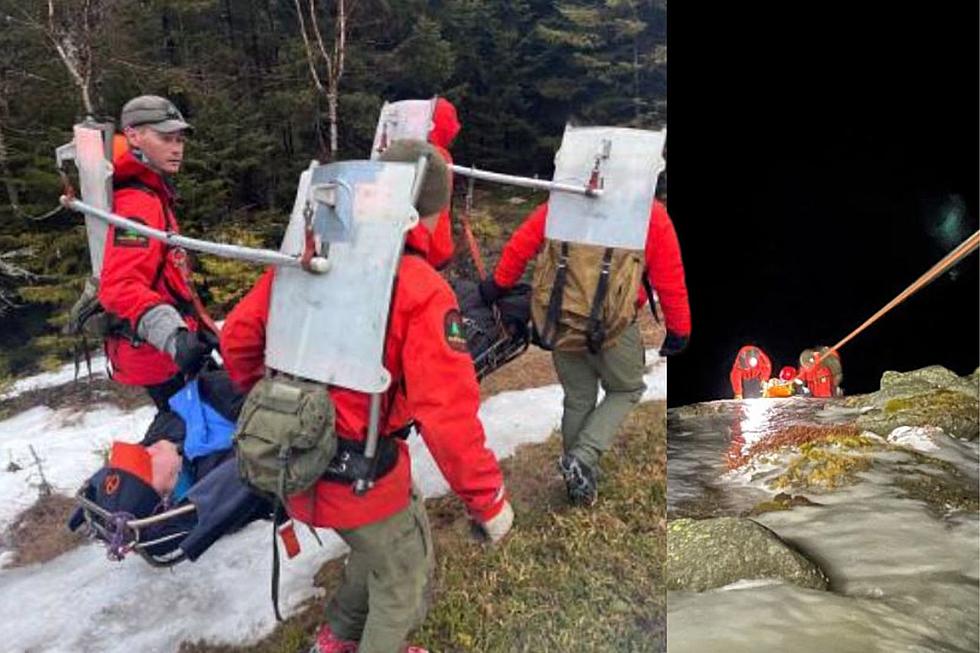
When and How Much Water For Your Trees and Shrubs – Ag Matters
It may not be the hottest day of the year, but we're in for a long run of 90 degree readings this week. And just like us, our trees and shrubs need water. Cornell Cooperative Extension has tips on when and how much water is needed.
Trees and shrubs have much deeper and more extensive root systems than turfgrass so they should be watered less frequently but for longer periods of time. The optimum time to water is just before you observe any water stress. Therefore, it is important to determine subsurface soil moisture. Soil moisture can be determined using a soil moisture probe (a screw driver or long metal rod would work too). The probe will easily penetrate moist soil but stops when it hits dry soil. The soil should be moist to a depth of 18-20 inches for trees and shrubs.
Soil moisture can also be determined by the “feel method.” Feel or squeeze a handful of soil to get an idea of the moisture level. Since the top layer of the soil will dry out faster than the rest of the soil profile, take the soil sample at a depth of about 4-8 inches or below this depth if you are concerned with deep moisture. This is the area where many of the roots should be absorbing water as well.
Trees or shrubs should be watered to a depth of 18-20 inches. The amount of water to apply in any situation depends on the soil type. Sandy soils absorb water the fastest (about 2" per hour), followed by loam soils (3/4" per hour). Clay soils have the slowest absorption rate (1/2" per hour). By allowing water to penetrate deeper into the soil profile you are encouraging deeper rooting and a more drought tolerant plant. Frequent, light irrigations will lead to plants that have a shallow root system and that are more prone to water stress. When using sprinkler systems about 1/2 -1 inch of water may be required weekly for shrubs and smaller trees (less than 4" trunk diameter). For drip irrigation about 5-50 gallons of water may be required. Large trees (greater than 4" trunk diameter), depending on the size of the tree, may require hundreds of gallons of water per week. Water newly planted trees and shrubs more frequently until the root system is established.
Also, mulch and control weeds and grasses around the trunk of the trees and shrubs to reduce competition for water and nutrients. Here are more details on watering trees and shrubs. And the Master Gardeners at Cornell Cooperative Extension of Oneida County answer your flower and garden questions on the Horticulture Hot Line, Wednesdays and Fridays from 9 a.m. to noon at (315) 736-3394.
SOURCE: Cornell Cooperative Extension
More From Big Frog 104









